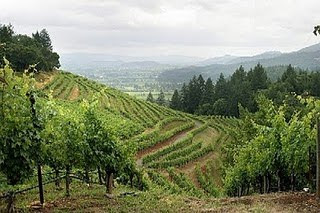CAP:The Common Agricultural Policy is a system of European Union agricultural subsidies and programmes.The CAP combines a direct subsidy payment for crops and land which may be cultivated with price support mechanisms, including guaranteed minimum prices, import tariffs and quotas on certain goods from outside the EU. Reforms of the system are currently underway reducing import controls and transferring subsidy to land stewardship rather than specific crop production. Detailed implementation of the scheme varies in different member countries of the EU.
BSE: Bovine spongiform encephalopathy, commonly known as mad-cow disease (MCD), is a fatal, neurodegenerative disease in cattle, that causes a spongy degeneration in the brain and spinal cord. BSE has a long incubation period, about 4 years, usually affecting adult cattle at a peak age onset of four to five years, all breeds being equally susceptible. In the United Kingdom, the country worst affected, more than 179,000 cattle have been infected and 4.4 million slaughtered during the eradication programme.
GM FOODS: Genetically modified (GM) foods are foods derived from genetically modified organisms. Genetically modified organisms have had specific changes introduced into their DNA by genetic engineering, using a process of either Cisgenesis or Transgenesis. These techniques are much more precise than mutagenesis (mutation breeding) where an organism is exposed to radiation or chemicals to create a non-specific but stable change. Other techniques by which humans modify food organisms include selective breeding (plant breeding and animal breeding), and somaclonal variation.
GREEN REVOLUTION: Green Revolution refers to the transformation of agriculture that began in 1945, largely due to the life work of Norman Borlaug. One significant factor in this revolution was the Mexican government's request to establish an agricultural research station to develop more varieties of wheat that could be used to feed the rapidly growing population of the country.


























 are made of skin, rubber or material, for example.
are made of skin, rubber or material, for example.









